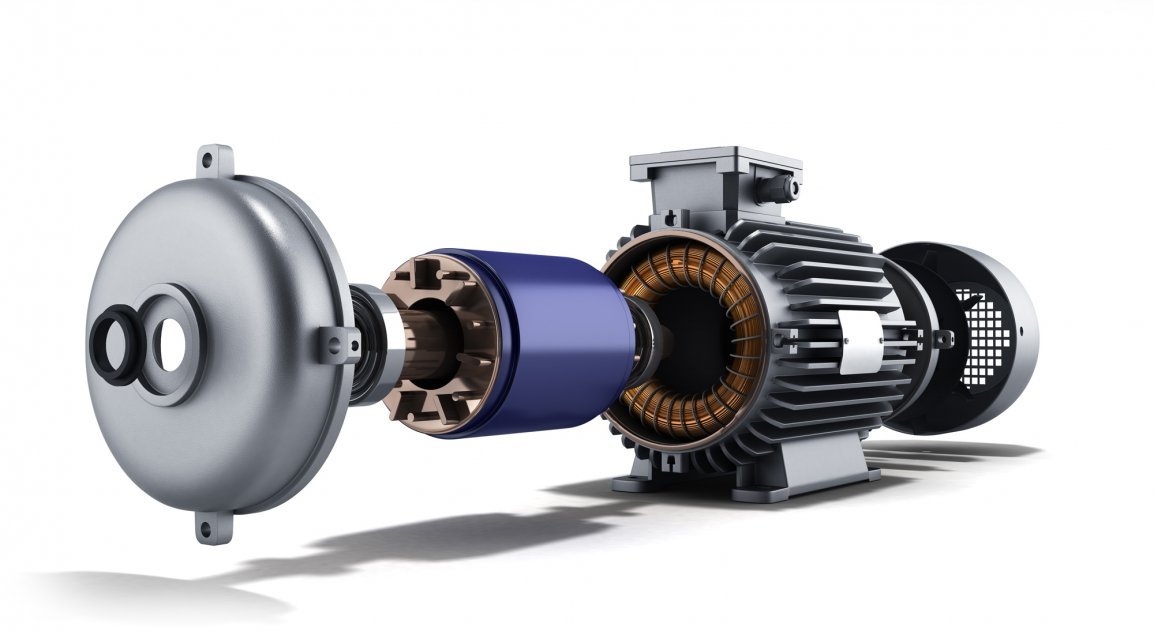Introduction
Smart motors, characterized by their integration with sensors and control systems, are revolutionizing various industries by enabling real-time monitoring, predictive maintenance, and enhanced energy efficiency. The market is poised for significant growth, with projections indicating an increase from USD 2.02 billion in 2024 to USD 2.74 billion by 2029 .
Technological Advancements
Integration with IoT:
The incorporation of IoT technologies allows smart motors to communicate with other devices, facilitating real-time data exchange and remote monitoring. This integration enhances operational efficiency and enables predictive maintenance, reducing downtime and maintenance costs.
AI and Machine Learning:
The application of AI and machine learning algorithms enables smart motors to analyze data patterns, predict failures, and optimize performance. These technologies contribute to energy savings and improved system reliability.
Advanced Materials:
Developments in material science have led to the production of lighter and more efficient motors. These advancements contribute to improved performance and energy savings, particularly in applications where weight and efficiency are critical factors.
Applications Across Industries
Industrial Automation:
Smart motors are integral to industrial automation, providing precise control and energy efficiency in manufacturing processes. Their ability to facilitate predictive maintenance reduces downtime and enhances productivity.
Automotive Industry:
The automotive sector is experiencing rapid growth in the adoption of smart motors, driven by the increasing demand for EVs and hybrid vehicles. Smart motors offer precise control and energy optimization, enhancing vehicle performance and extending battery life.
Consumer Electronics:
In consumer electronics, smart motors are used in devices requiring compact and efficient motor solutions. Their integration enhances device performance and energy efficiency.
Market Challenges
- High Initial Costs: The advanced features of smart motors result in higher upfront costs compared to traditional motors, posing a barrier for some manufacturers.
- Infrastructure Limitations: The lack of adequate infrastructure, especially in developing regions, hampers the widespread adoption of smart motors.
- Standardization Issues: The absence of universal standards can lead to compatibility issues and hinder seamless integration across different systems.
Future Outlook
The smart motors market is expected to continue its upward trajectory, driven by technological advancements and the increasing demand for energy-efficient solutions. As industries prioritize sustainability and operational efficiency, the adoption of smart motors is likely to accelerate.

